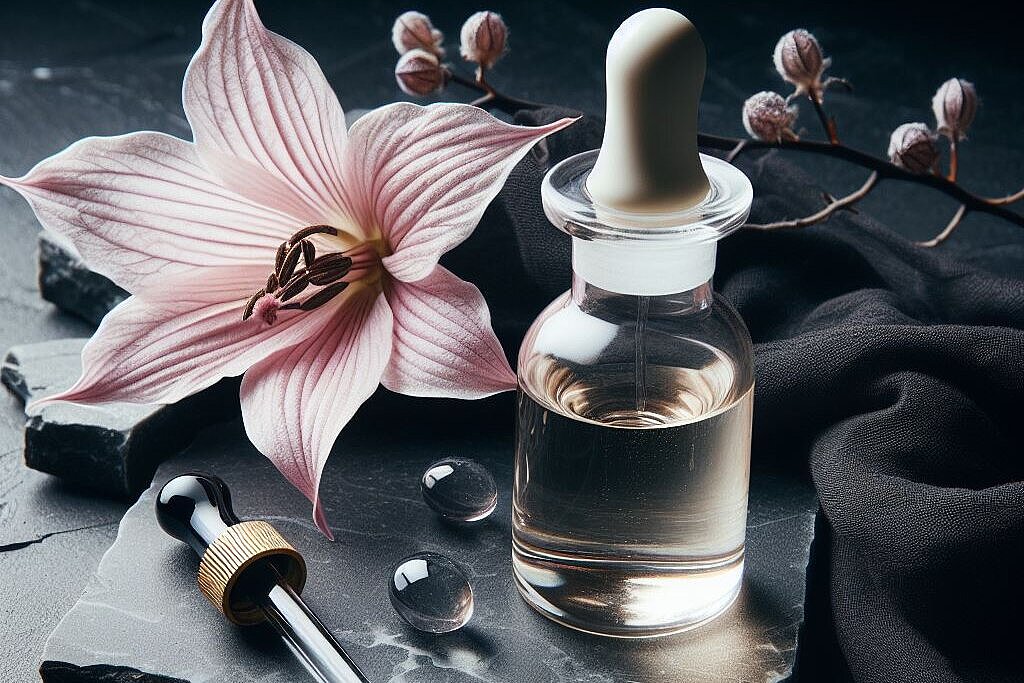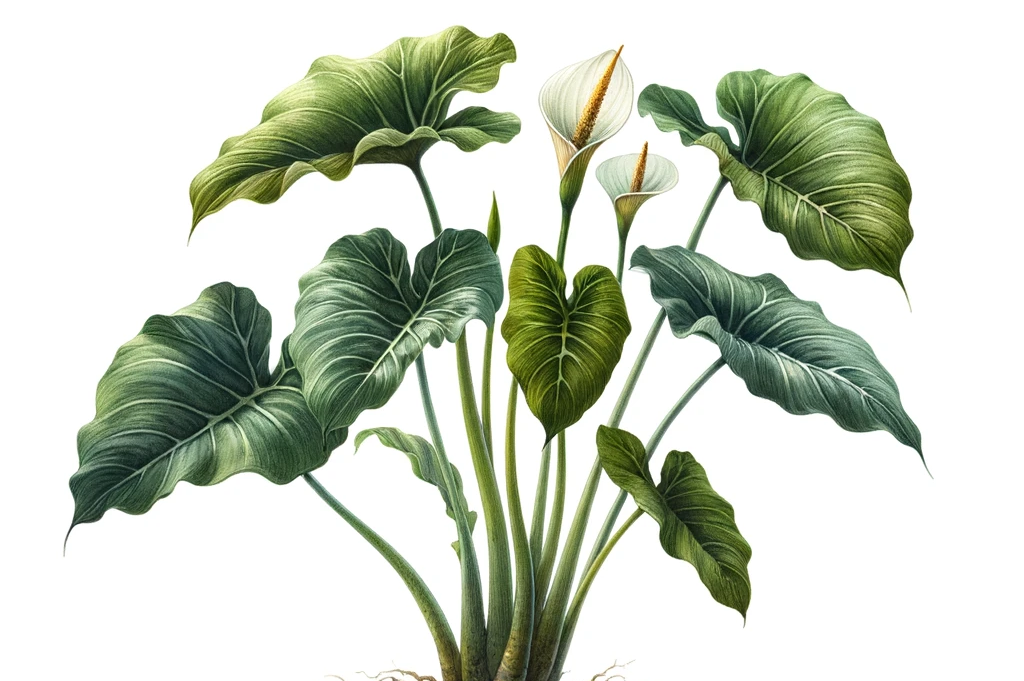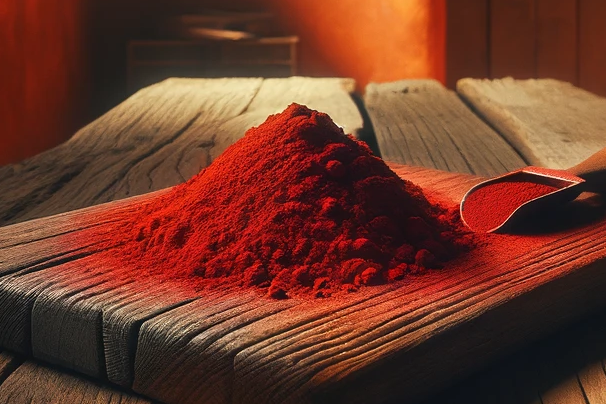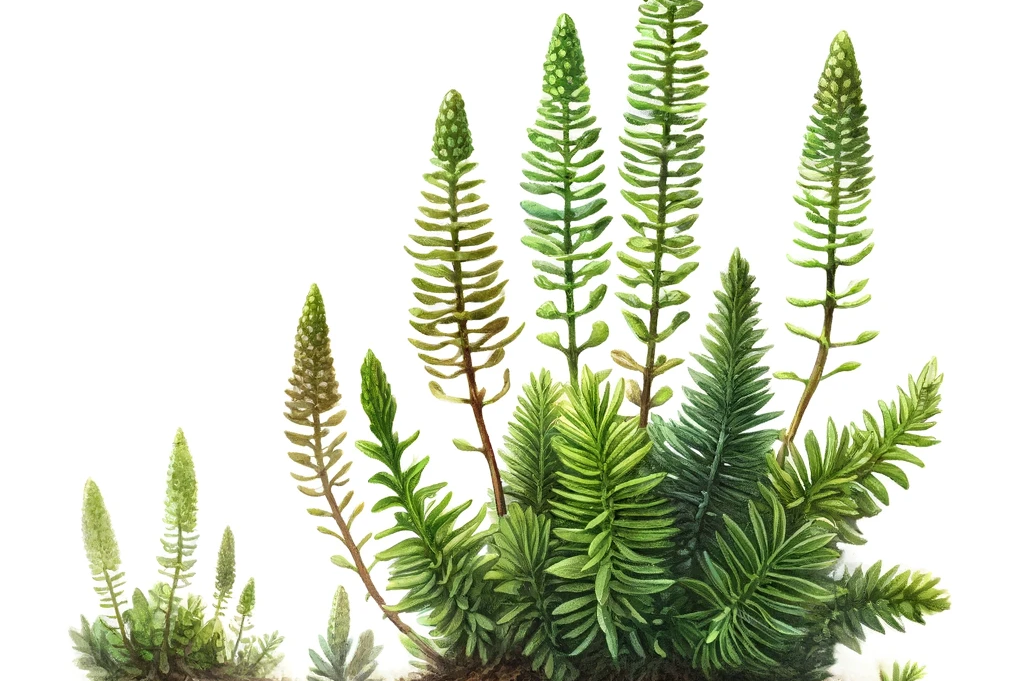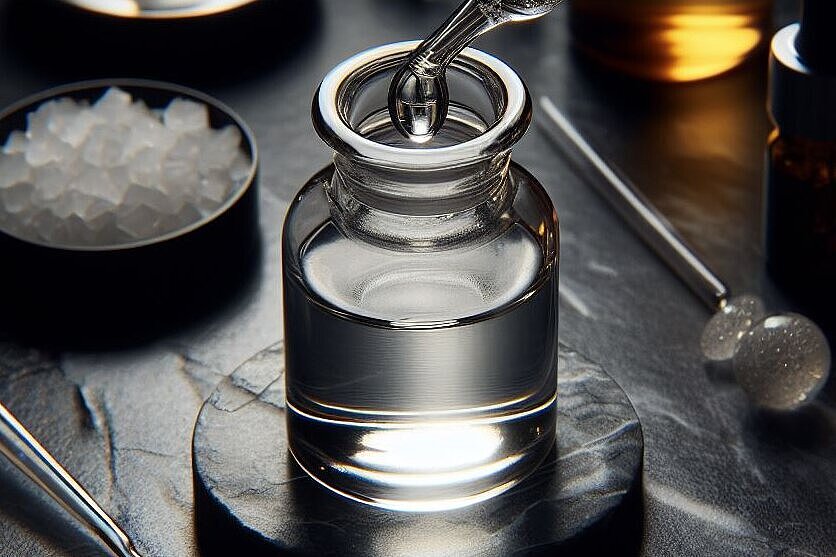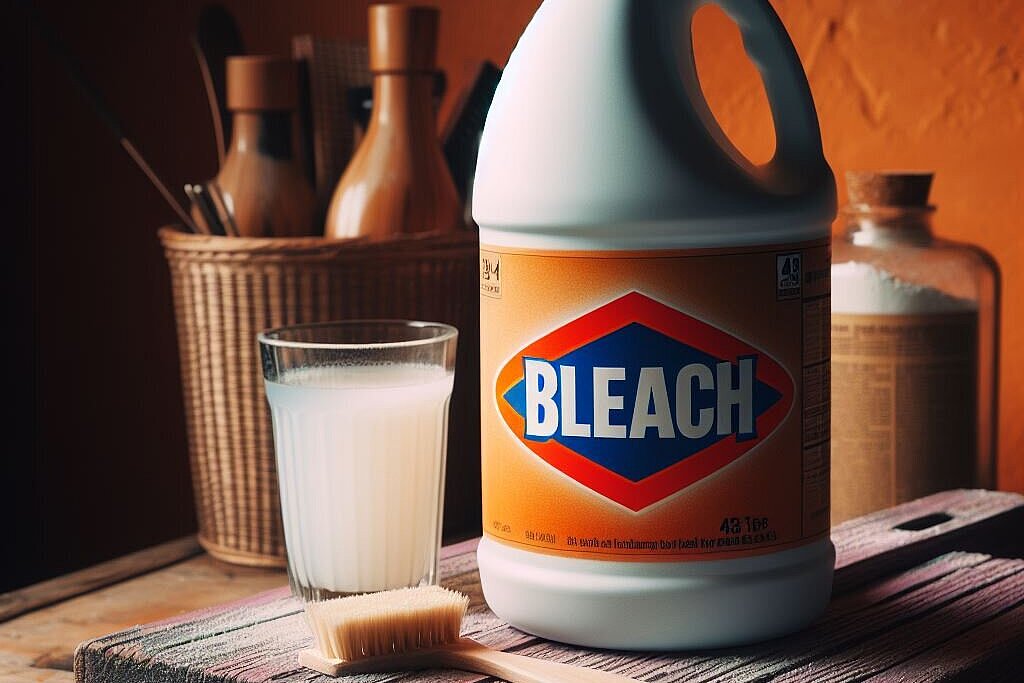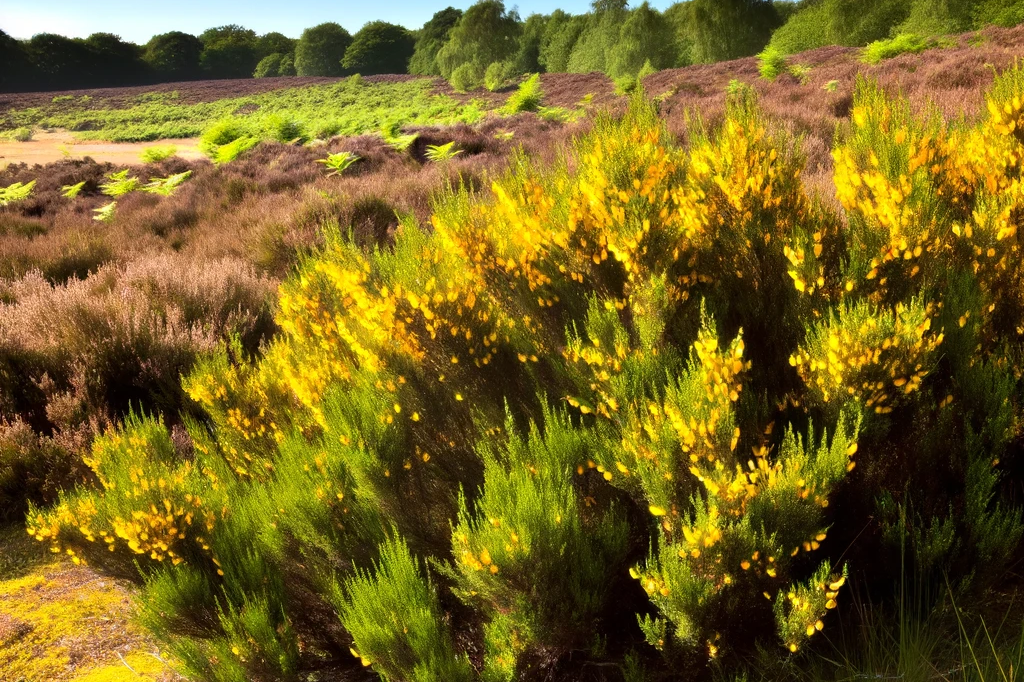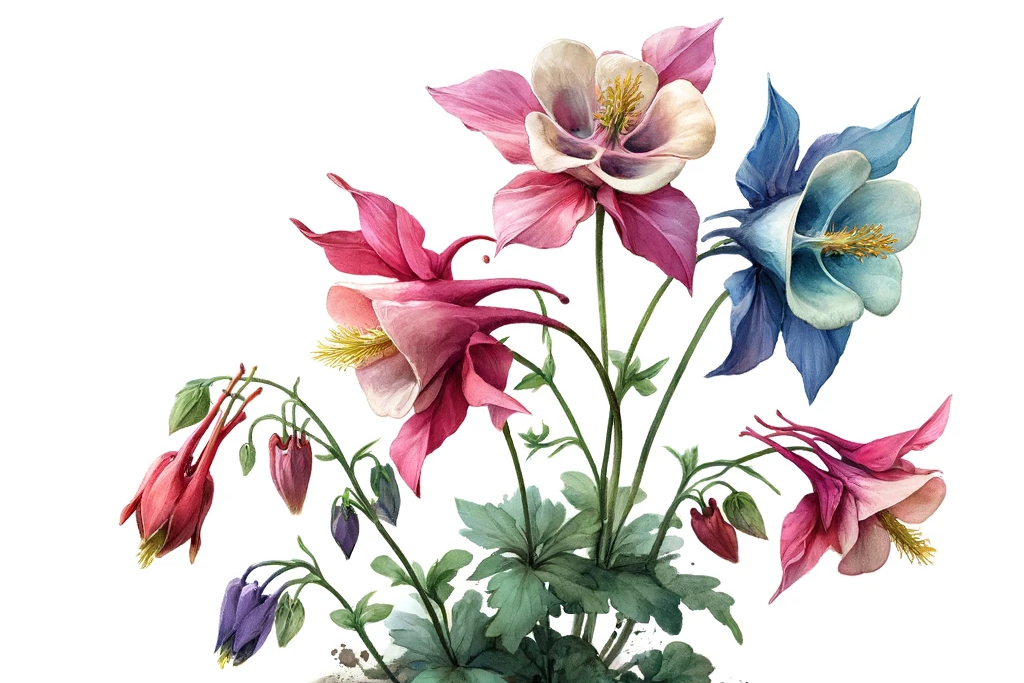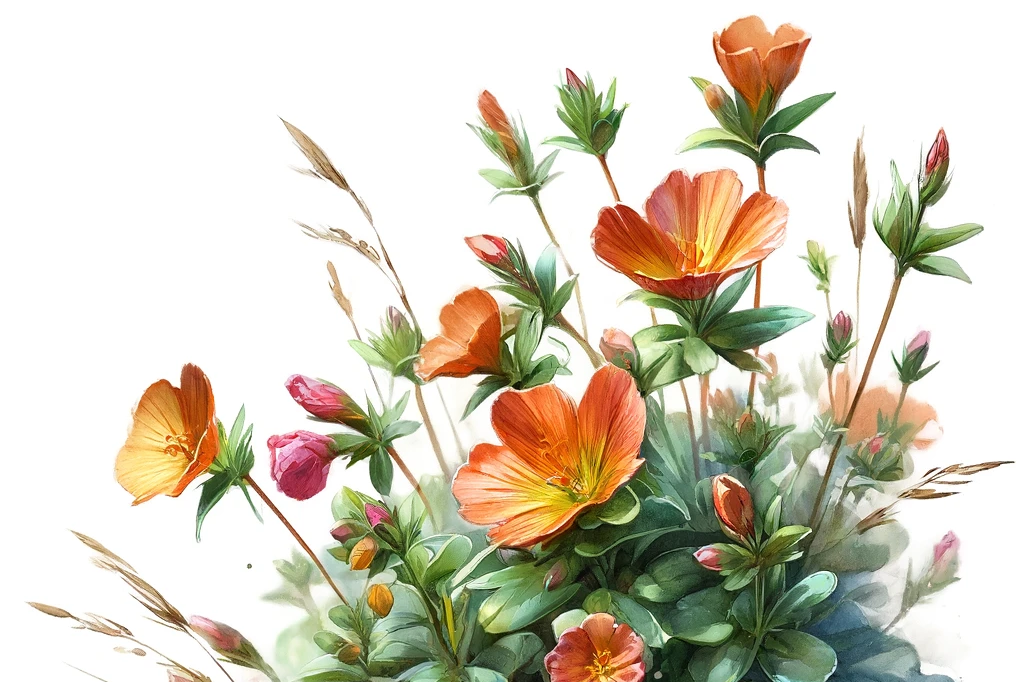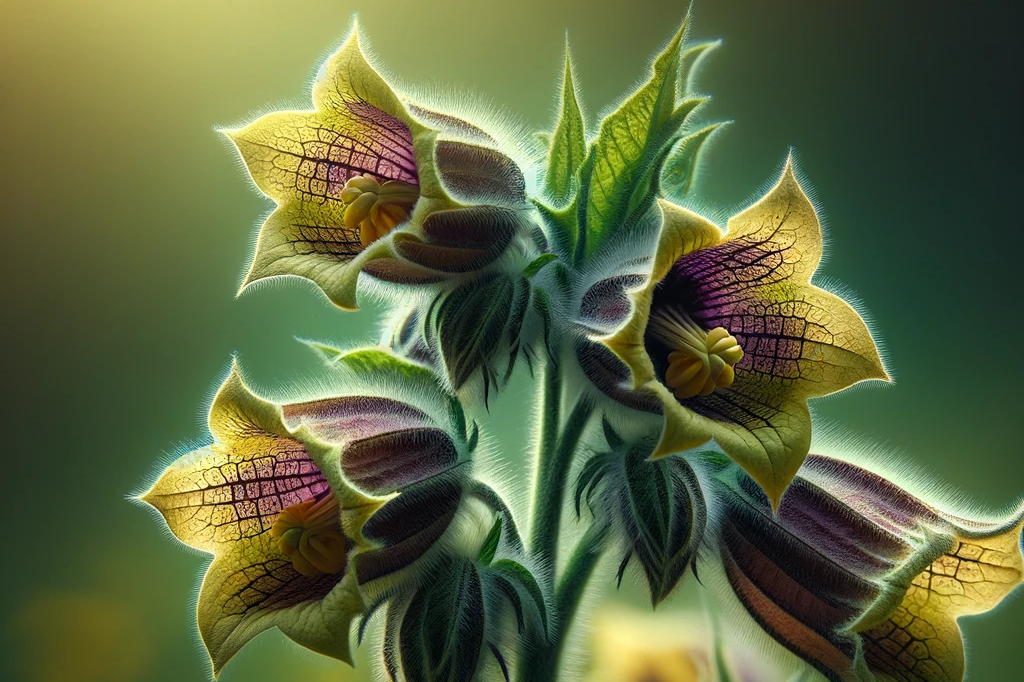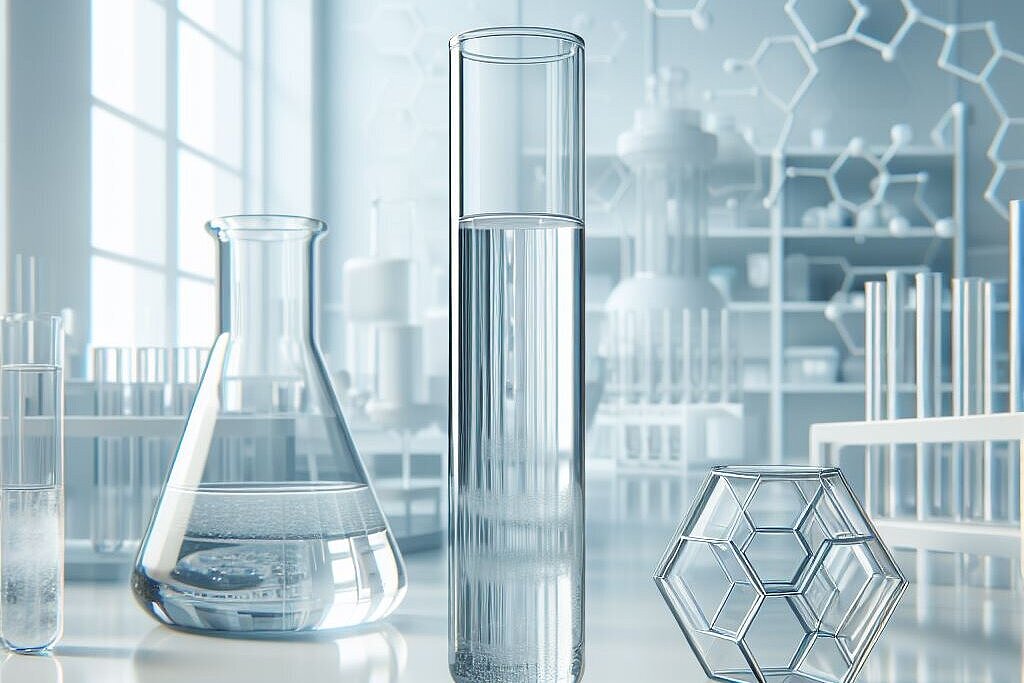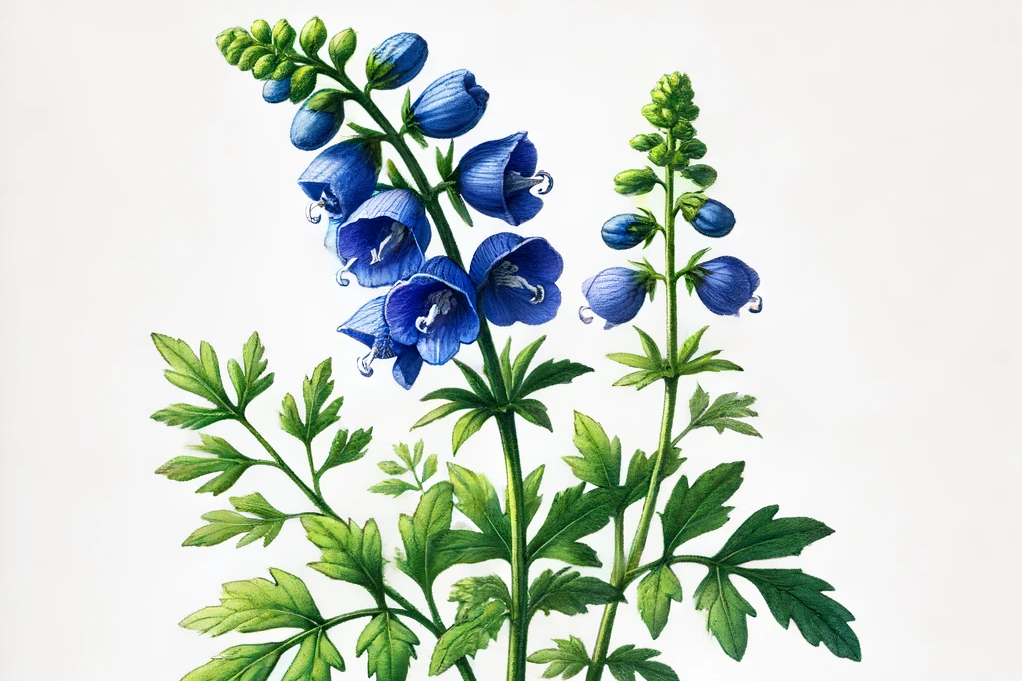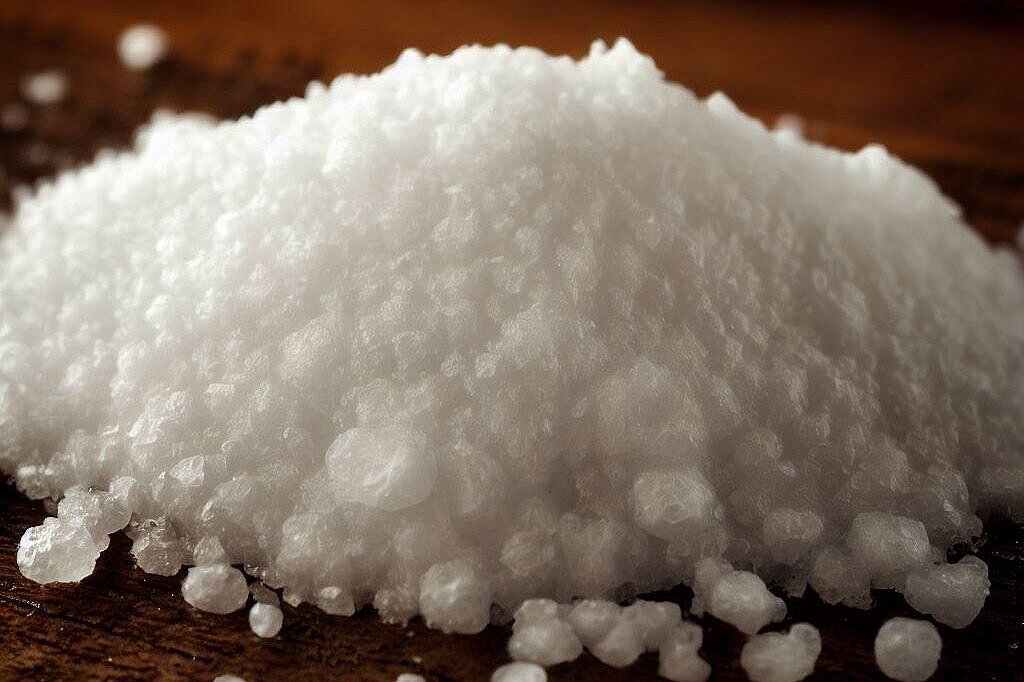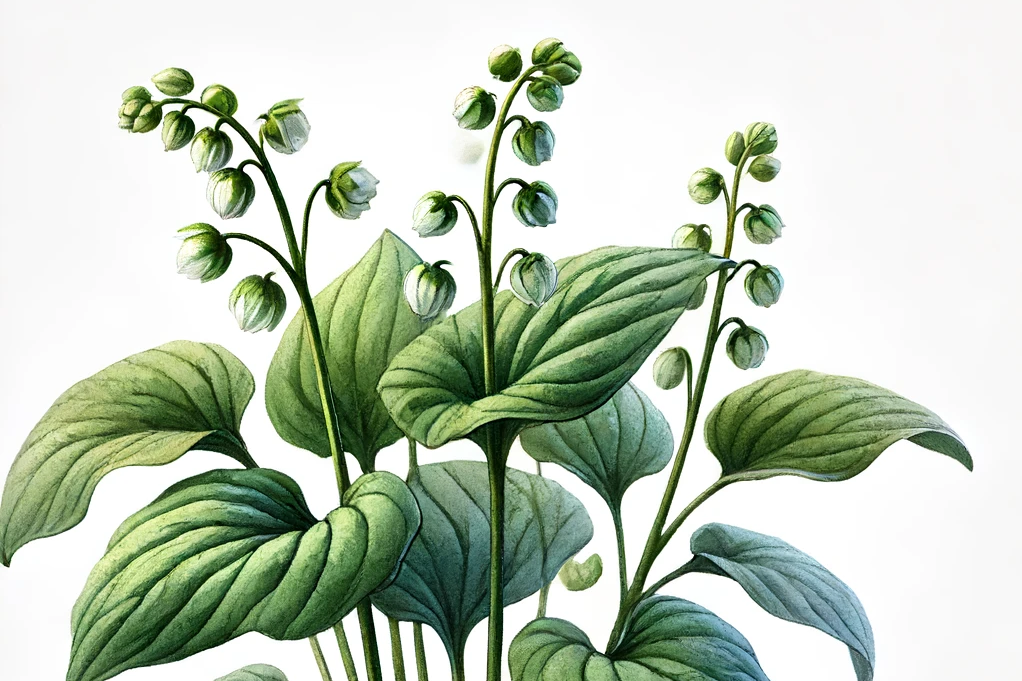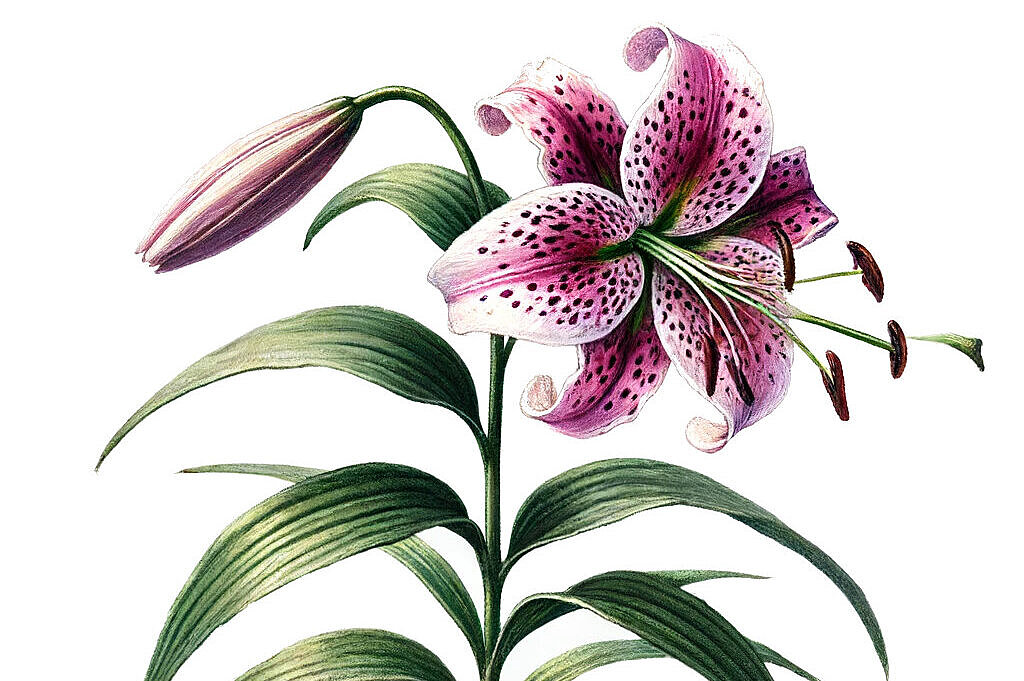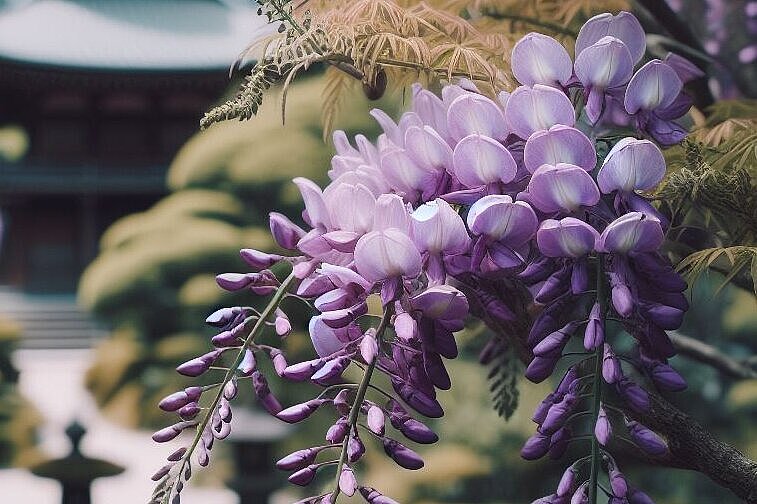Highly toxic
"Highly toxic" means that a substance can be extremely harmful or even fatal to dogs, even in very small amounts. It is extremely important that you keep such substances away from your dog. Some foods and plants that are safe for humans can be highly toxic to dogs. These include, for example, chocolate, xylitol (a sweetener), grapes, raisins, and certain plants such as ivy and oleander. If you suspect that your dog has eaten something poisonous, you should consult a vet immediately!
Chemistry
Liquid
can have effects on the nervous system
Feeding toxic
Highly toxic
Can cause cancer
1-propanol
Chemistry
Feeding toxic
Highly toxic
Potential source of danger
Acrylic acid propyl ester
Chemistry
Feeding toxic
Feeding not recommended
Highly toxic
Can cause cancer
Potential source of danger
Acrylonitrile
can have effects on the nervous system
Can influence the mood
May affect thyroid function
May interact with medications
Can contribute to the promotion of blood health
Drug
Highly toxic
Can cause cardiac arrhythmia
Can trigger hyperactivity in sensitive dogs
Potential source of danger
Apoatropin
Chemistry
can have effects on the nervous system
Feeding toxic
Feeding not recommended
Highly toxic
Can cause cancer
Potential source of danger
Arsenic
May interact with medications
Plant
Ornamental plant
Feeding toxic
Feeding not recommended
Highly toxic
Can cause digestive problems
Potential source of danger
Compatibility unknown
Arum family
Chemistry
Feeding toxic
Highly toxic
Can cause cancer
Potential source of danger
Atrazine
Chemistry
Colorants
Artificial additive
Highly toxic
Can cause cancer
Not suitable for consumption by dogs
Potential allergy trigger
Basic Red 22
Natural source of phytochemicals
Poison control
May interact with medications
Traditional use in phytotherapy
Plant
Medicinal plant
Feeding toxic
Feeding not recommended
Highly toxic
Potential source of danger
Bear rag
Chemistry
Disinfectant
Cleaning agent
Poison control
can have effects on the nervous system
Feeding toxic
Feeding not recommended
Highly toxic
Can trigger hyperactivity in sensitive dogs
Can cause cancer
Not suitable for consumption by dogs
Potential source of danger
Benzene
Berry
Poison control
can have effects on the nervous system
Naturopathy
Traditional use in phytotherapy
Plant
Garden plant
Feeding toxic
Highly toxic
Not suitable for consumption by dogs
Potential source of danger
Bittersweet nightshade
Chemistry
Disinfectant
Cleaning agent
Highly toxic
Can cause cardiac arrhythmia
Can cause cancer
Not suitable for consumption by dogs
Potential source of danger
Bleaching agent
Chemistry
May interact with medications
Feeding toxic
Highly toxic
Not suitable for consumption by dogs
Potential source of danger
Bromine chloride
Chemistry
Gas
Highly toxic
Potential source of danger
Bromoethane
May interact with medications
Plant
Ornamental plant
Feeding toxic
Highly toxic
Can cause cardiac arrhythmia
Potential source of danger
Broom
Chemistry
Liquid
Feeding toxic
Feeding not recommended
Highly toxic
Potential source of danger
Butyl acrylate
Chemistry
Feeding toxic
Feeding not recommended
Highly toxic
Potential source of danger
Potential allergy trigger
Cadmium
Plant
Garden plant
Medicinal plant
Highly toxic
Potential source of danger
columbines
can have effects on the nervous system
Plant
Medicinal plant
Feeding toxic
Feeding not recommended
Highly toxic
Potential source of danger
Potential allergy trigger
Field henbane
can have effects on the nervous system
May interact with medications
Traditional use in phytotherapy
Plant
Feeding toxic
Highly toxic
Can cause cardiac arrhythmia
Not suitable for consumption by dogs
Potential source of danger
Henbane
can have effects on the nervous system
Traditional use in phytotherapy
Plant
Garden plant
Medicinal plant
Feeding toxic
Feeding not recommended
Highly toxic
Potential source of danger
Mandrakes
Chemistry
Artificial additive
Feeding not recommended
Highly toxic
Can cause cancer
Potential source of danger
Methyl acrylate
Poison control
May interact with medications
Plant
Ornamental plant
Feeding toxic
Highly toxic
Can cause cardiac arrhythmia
Can cause digestive problems
Not suitable for consumption by dogs
Potential source of danger
Monkshood
Chemistry
can have effects on the nervous system
Emergency medicine
Feeding toxic
Feeding not recommended
Highly toxic
Potential source of danger
Prussic acid
Traditional use in phytotherapy
Plant
Garden plant
Medicinal plant
Ornamental plant
conditionally compatible
Feeding not recommended
Highly toxic
Compatibility unknown
Shade flowers
Poison control
Plant
Ornamental plant
Feeding toxic
Highly toxic
Potential source of danger
Turkish League
Garden plant
Feeding toxic
Highly toxic
Not suitable for consumption by dogs
Potential source of danger
Wisteria


